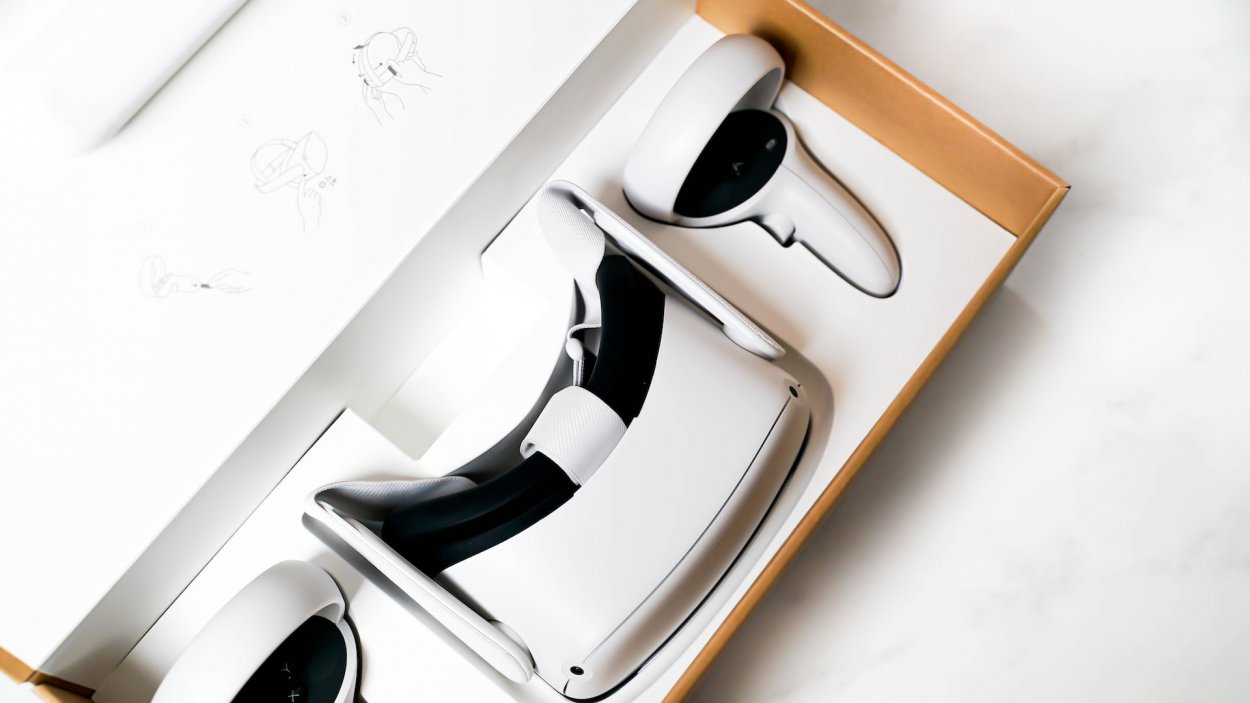Subscribe to Updates
Get the latest creative news from FooBar about art, design and business.
Virtual Reality – Technology
-
 Victor Marquez
Victor Marquez

Virtual reality technology has existed for years but has recently made its way into our homes through VR headsets such as Oculus Rift and Google Cardboard.
Most people associate VR with gaming but there’s no limit to what you can do with it. As a newcomer, you might still have questions about this technology.
We wrote this article to help you learn about the technology used in VR and its application. We also suggest you read our VR guide for more information.
Quick Summary
In this post, we will go over:
- How does virtual reality work?
- What technology is used in VR?
- What is the application of VR technology?
…and more.
So, without further ado, let’s get started.
How Does Virtual Reality Work?
Let’s compare the experience on a monitor with VR.
When you’re using a computer, you only experience what’s happening through a distant window. However, in VR you will experience things happening around you. They seem close and real and you can interact with them.
For example, when you meet a person on your computer, you’re only seeing them through the screen. However, in VR it feels as if you’re really face-to-face with them.
This is because the better technology used in VR results in a higher immersion effect.
The HD displays with stereoscopic image reproduction and high frame rate make the experience as realistic as possible.
You can read more about the virtual reality experience here.
What Technology is Used in VR?
If you’ve ever used a VR headset, you might have noticed that it has two displays, one for each eye.
This is the basic technology that creates such a realistic experience in VR.
What happens is that each eye is provided with its own image that deviates slightly from the other eye. This creates the guise of spatial depth and the brain constructs the images into a 3D world.
Furthermore, the 3D sound supports the optical illusion and adapts to your actions in the virtual world.
As a result, with both images and sound, the user experiences the perfect immersion.
However, the same optical illusion can also cause motion sickness in beginners. This is because what you’re seeing does not align with what’s happening in the real world.
You can read all about motion sickness caused by VR in our post here.
Other technologies that are used in VR are:
- Internal and external VR tracking
- VR controllers, gloves, and other accessories
- Hand and eye tracking
- Mind control and brain control interface
- Haptic feedback

What is The Application of VR Technology?
Virtual reality is being used in all kinds of industries.
Here’s a brief list of the applications of virtual reality:
- Gaming industry
- Media
- Education
- Healthcare
- Shopping
- Tourism
- Entertainment
- Automotive
- Modeling
- Advertising
- Architecture
- Skilled trade
- Anime
- Engineering
- Sports
- Telecommunications
- Construction
- Film
- Military
- Business
- Marketing
To read more about the application of VR, click here.
Conclusion
Virtual reality has come a long way, and it’s showing no signs of stopping anytime soon. Many companies have already started using this technology and are showing spectacular results.
If you have the means and the budget, we definitely recommend you keep with VR and new emerging technology. It is an excellent way to immerse yourself in new experiences.
If you’re still curious about VR, you can read more about it and its environment here.

